Using Art to Teach Critical Thinking
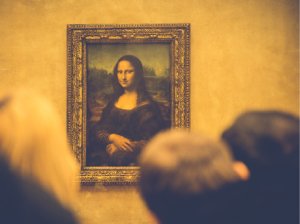
Art is one of the most underutilized resources in today’s ELA classroom. The Roman poet Horace claimed, “A picture is a poem without words” meaning art and written word are different mediums of expression. Art offers students a break from written words while continuing to develop the same skill set needed to be successful readers through challenging students to think both critically and analytically.
Here are a few examples of how I use art:
1. Nighthawks by Hopper
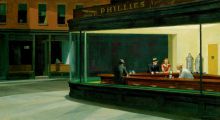
Nighthawks by Hopper is analyzed to introduce the modern period. I give students time on their own to study the painting analyzing color, lines, and shapes and then use this discussion to determine mood and tone. If time allows, students write dialogue between the characters. Their only instruction is the dialogue will serve as characterization of one of the subjects in the painting and must match their prior analysis of the picture as a whole.
2. Marriage a la Mode: The Marriage Settlement by Hogarth
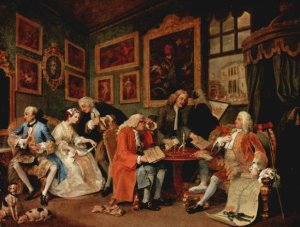
Marriage a la Mode: The Marriage Settlement by Hogarth is shown after a satire unit composed of short pieces and videos. Students work in groups to identify the satirical elements of the painting and how they are characteristic of the time period. I am always amazed at what my students see in this painting such as the groom looking at himself in the mirror, the bride and groom uninvolved in the contract, the dogs chained together, etc. We can easily spend an entire class period talking about this painting which leads perfectly into Pride and Prejudice. The painting is then revisited after reading Pride and Prejudice, where students always have further insight. Student groups then compose their own satirical picture based on a passage in Pride and Prejudice using Marriage a la Mode: The Marriage Settlement as a model. Like me, you will be completely blown away by what students produce.
3. Impression, Sunrise by Monet and A Sunday Afternoon on the Island of La Grande Jatte by Seurat
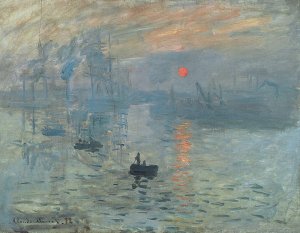
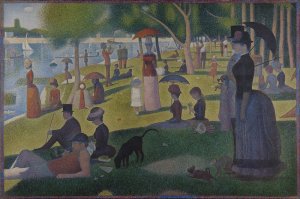
Students often have a difficult time grasping the ambiguity in Heart of Darkness and why Conrad would use this style when writing. I often pair this novel with Sunrise by Monet or A Sunday Afternoon on the Island of La Grande Jatte by Seurat. Both of the pieces are very difficult to view and understand when looking up close but make sense by stepping back and looking at the piece as a whole. We spend time discussing why an artist would create a piece that is confusing up close but that makes sense when seen as a whole. The same is true with Heart of Darkness, and when students are confused or bogged down by passages in the novel, I remind them to step back and view the passage in light of the novel as a whole.
4. The Scream by Munch
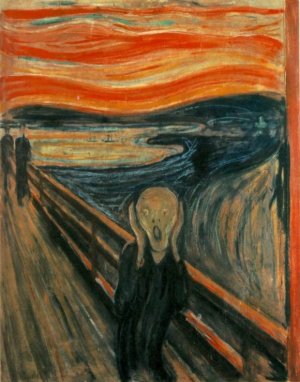
Art is a great tool to work on sentence style and variety. Instead of rote grammar lessons, we use art as an inspiration piece and write sentences based on the work. Typically, we use the same image for a week as I prompt students to write a sentence about the piece with a participle phrase, an adjective clause, an introductory adverb clause. Sometimes I prompt them to review sentence types such as periodic sentences or the overlooked but powerful simple sentence. One of our favorite pieces to use for this activity is Scream by Munch because students love writing bizarre explanations for the subject.
5. Collages
Students can collect art for a culminating project. Through digital displays, students are able to share with the class a collection of pieces that they feel best captures units, time periods, or novels we have studied during the year. I often ask them to pair the pieces with either quotes and defend why the piece was chosen.
Just like reading and writing, allow ample time to view a piece; analyzing art takes time. Offer guiding questions or thematic suggestions as a lens for students to use with viewing, while they are still getting use to art analysis. Also give students opportunities to view pieces without a specific focus though. The possibilities are limitless, and you and your students will reap the reward.